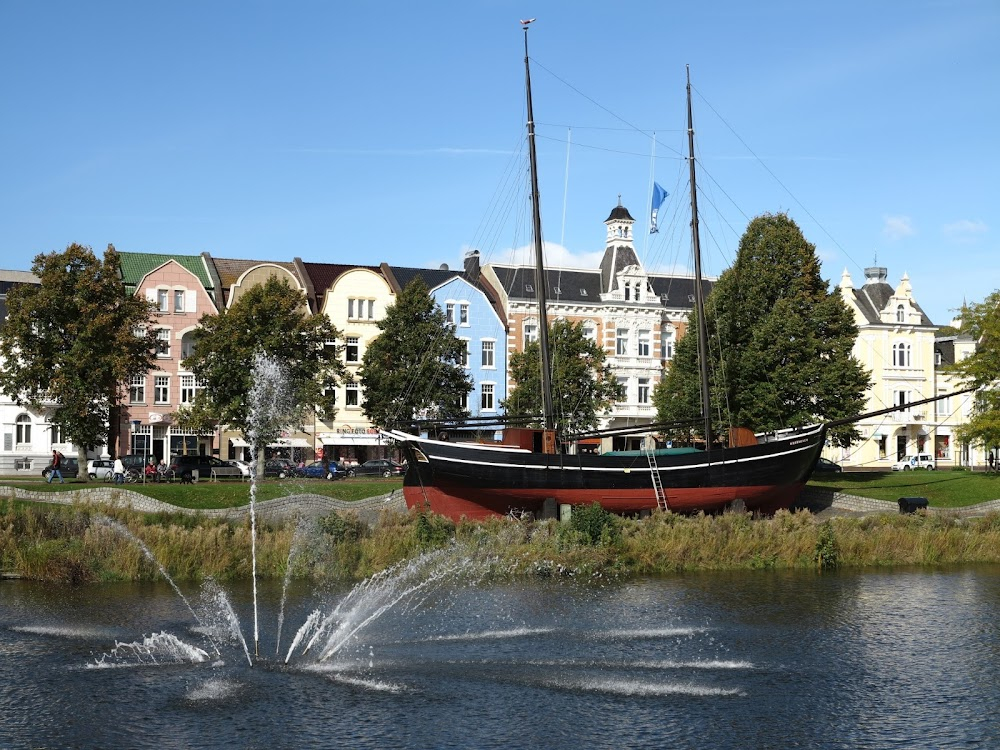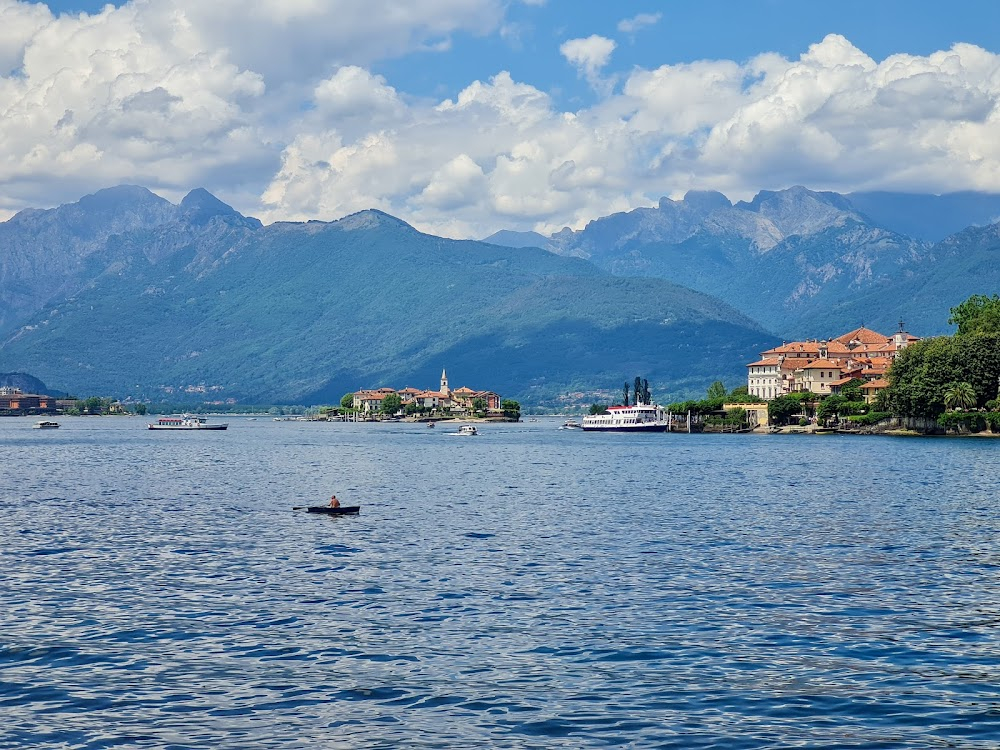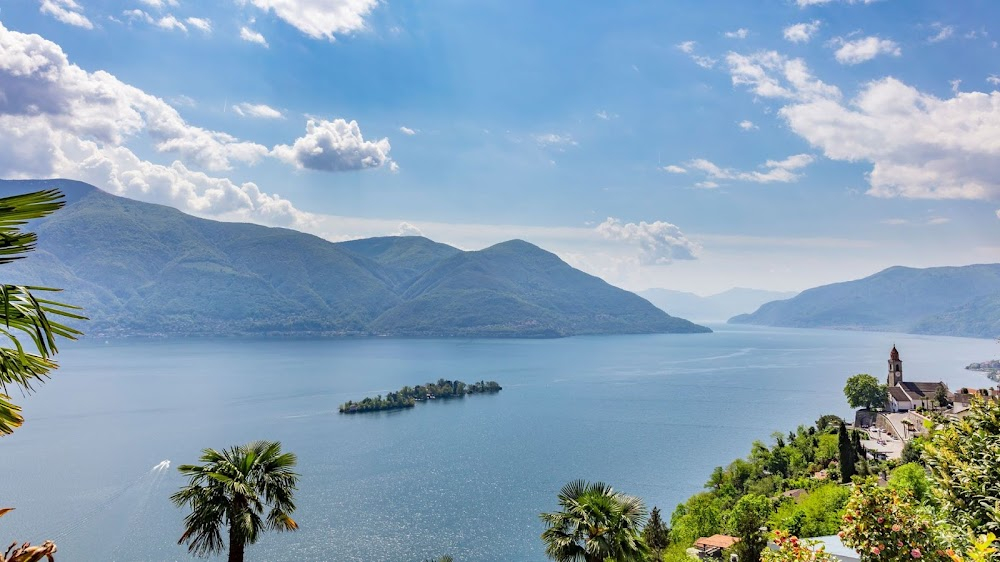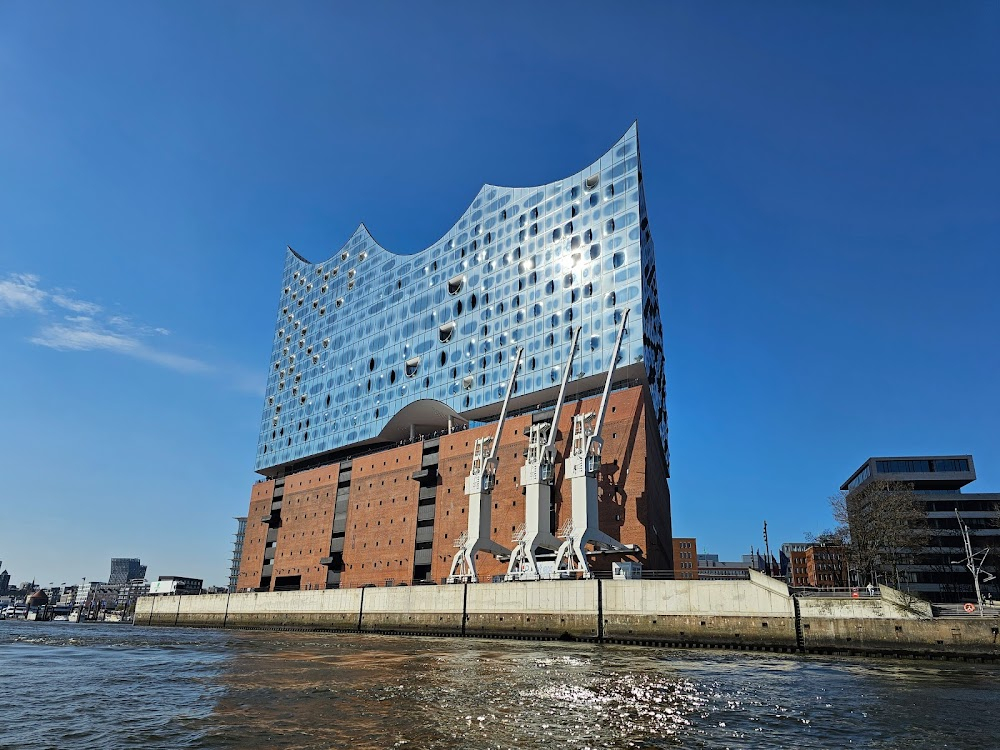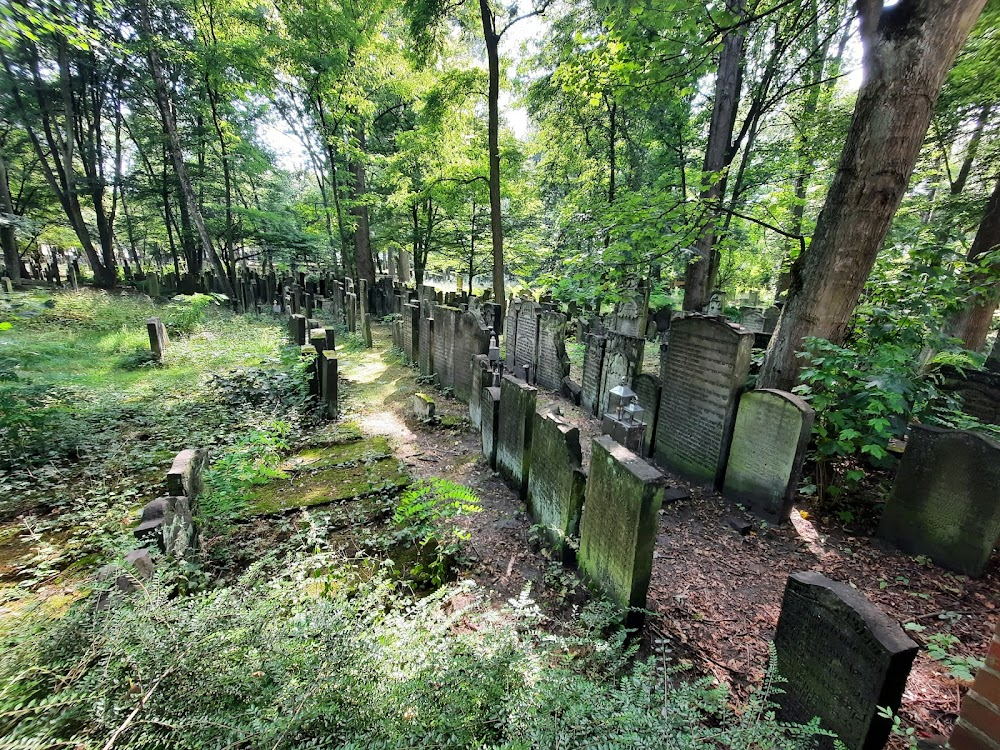Auch Leben ist eine Kunst - Der Fall Max Emden Filming Locations

Where was Auch Leben ist eine Kunst - Der Fall Max Emden filmed? Auch Leben ist eine Kunst - Der Fall Max Emden was filmed in 18 locations across Germany and Switzerland in the following places:
Auch Leben ist eine Kunst - Der Fall Max Emden Filming Locations
Berlin, Germany’s capital, dates to the 13th century. Reminders of the city's turbulent 20th-century history include its Holocaust memorial and the Berlin Wall's graffitied remains. Divided during the Cold War, its 18th-century Brandenburg Gate has become a symbol of reunification. The city's also known for its art scene and modern landmarks like the gold-colored, swoop-roofed Berliner Philharmonie, built in 1963.
The city of Zurich, a global center for banking and finance, lies at the north end of Lake Zurich in northern Switzerland. The picturesque lanes of the central Altstadt (Old Town), on either side of the Limmat River, reflect its pre-medieval history. Waterfront promenades like the Limmatquai follow the river toward the 17th-century Rathaus (town hall).
Potsdam is a city on the border of Berlin, Germany. Sanssouci Palace was once the summer home of Frederick the Great, former King of Prussia. On the grounds of the complex, the Renaissance Orangery Palace overlooks Italian-style gardens with fountains. Historic Mill offers city views. English gardens surround neoclassical Charlottenhof Palace. The 19th-century Roman Baths were built in several architectural styles.
Chemnitz is a city in Saxony, eastern Germany. Its huge Karl Marx Monument commemorates the socialist pioneer for whom the city was once named. Nearby, the reconstructed Red Tower is a remnant of the city's defensive walls. The Gunzenhauser Museum displays modern art and is an example of the New Objectivity style of architecture. Set in a former foundry, the Chemnitz Museum of Industry houses an 1896 steam engine.
Dresden is the capital city of the German state of Saxony and it is the second most populous city after Leipzig. It is the 12th most populous city of Germany, the fourth largest by area, and the third most populous city in the area of former East Germany, after Berlin and Leipzig.
Düsseldorf is a city in western Germany known for its fashion industry and art scene. It's divided by the Rhine River, with its Altstadt (Old Town) on the east bank and modern commercial areas to the west. In the Altstadt, St. Lambertus Church and Schlossturm (Castle Tower) both date to the 13th century. Streets such as Königsallee and Schadowstrasse are lined with boutique shops.
Ticino is an Italian-speaking region in southern Switzerland with palm-lined lakes and sharp Alpine peaks. Its architecture, cuisine and culture is closely related to that of neighboring Italy. Bellinzona, the capital of Ticino, is home to medieval castles. Lugano, a town on glacial Lake Lugano, is known for its waterfront promenade and Piazza della Riforma, a square lined with neoclassical buildings.
Hamburg, a major port city in northern Germany, is connected to the North Sea by the Elbe River. It's crossed by hundreds of canals, and also contains large areas of parkland. Near its core, Inner Alster lake is dotted with boats and surrounded by cafes. The city's central Jungfernstieg boulevard connects the Neustadt (new town) with the Altstadt (old town), home to landmarks like 18th-century St. Michael’s Church.
Cuxhaven is a seaside town on Germany’s North Sea coast. Brightly colored shelters dot its sandy beach. The Kugelbake, a wooden navigational tower, stands at the mouth of the Elbe River. The UNESCO World Heritage Wadden Sea Visitor Centre Cuxhaven has a nature trail and exhibits on the area’s tidal flats and wildlife. The port is a gateway to the nearby tidal island of Neuwerk and the small Heligoland archipelago.
Bonn is a city in western Germany straddling the Rhine river. It’s known for the central Beethoven House, a memorial and museum honoring the composer’s birthplace. Nearby are Bonn Minster, a church with a Romanesque cloister and Gothic elements, the pink-and-gold Altes Rathaus, or old city hall, and Poppelsdorf Palace housing a mineralogical museum. To the south is Haus der Geschichte with post-WWII history exhibits.
Ascona is a town in southern Switzerland. It’s known for its Mediterranean-style architecture and cafe-lined promenade on Lake Maggiore. In Borgo, the old town, is the 16th-century Church of St. Peter and Paul. The Museum of Modern Art has paintings by Paul Klee and Alexej von Jawlensky. The hilltop Monte Verità, a colony for artists and intellectuals in the early 20th century, has a historical park and museum.
Locarno is an Italian-speaking resort city in southern Switzerland, on Lake Maggiore at the base of the Alps. It's known for its sunny climate. Founded in the 12th century, the old town's Castello Visconteo houses the Museo Civico, which showcases Roman antiquities. The 15th-century Santuario della Madonna del Sasso, an art-filled pilgrimage site overlooking the city, can be reached by funicular railway.
Switzerland is a mountainous Central European country, home to numerous lakes, villages and the high peaks of the Alps. Its cities contain medieval quarters, with landmarks like capital Bern’s Zytglogge clock tower and Lucerne’s wooden chapel bridge. The country is also known for its ski resorts and hiking trails. Banking and finance are key industries, and Swiss watches and chocolate are world renowned.
Germany is a Western European country with a landscape of forests, rivers, mountain ranges and North Sea beaches. It has over 2 millennia of history. Berlin, its capital, is home to art and nightlife scenes, the Brandenburg Gate and many sites relating to WWII. Munich is known for its Oktoberfest and beer halls, including the 16th-century Hofbräuhaus. Frankfurt, with its skyscrapers, houses the European Central Bank.
Auch Leben ist eine Kunst - Der Fall Max Emden (2019)


